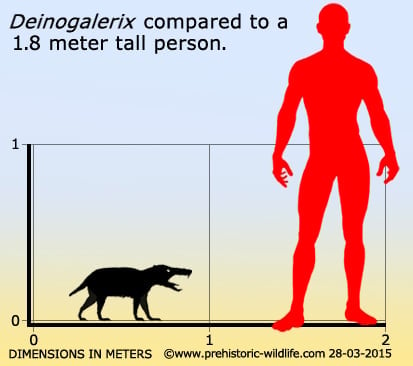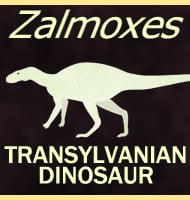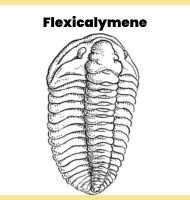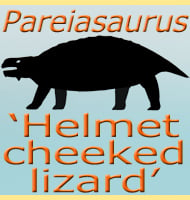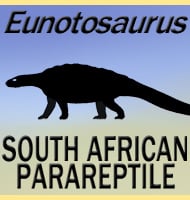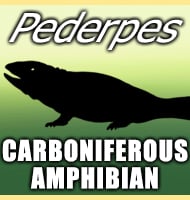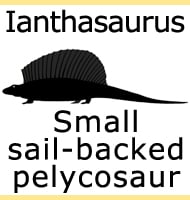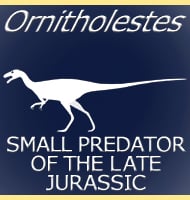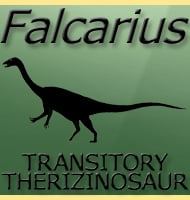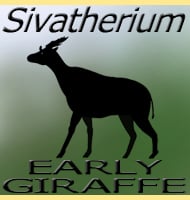In Depth
Fossils of Deinogalerix are known from the Gargano region of Italy, but it’s important to remember that back in the Miocene Sea levels were much higher resulting in Gargano being an island that was cut off from the mainland. Deinogalerix grew to its large size due to a process called insular gigantism. This is where an isolated ecosystem such as an island has a distinct lack of large animal’s results in animals that are usually small growing large to take the larger animals places.
Deinogalerix seems to have evolved to fill an ecological void left by the absence of medium sized predators such as cats and dogs. Given the reproductive rates of shrews they could have evolved into their larger sizes fairly quickly to take a position towards the tops of their food chain. Here they could have hunted any small animal of their choosing but may have also occasionally eaten invertebrates like their smaller shrew relatives.
Further Reading
– Deinogalerix koenigswaldi nov. gen., nov. spec., a giant insectivore from the Neogene of Italy. – Scripta Geologica 14:1-19. – M. Freudenthal – 1972. – New discoveries on the giant hedgehog Deinogalerix from the Miocene of Gargano (Apulia, Italy). – Geobios 46 (1-2): 63–75. – B. Villiera, L. W. Van Den Hoek Ostendeb, J. De Vosb & M. Paviaa – 2013.
